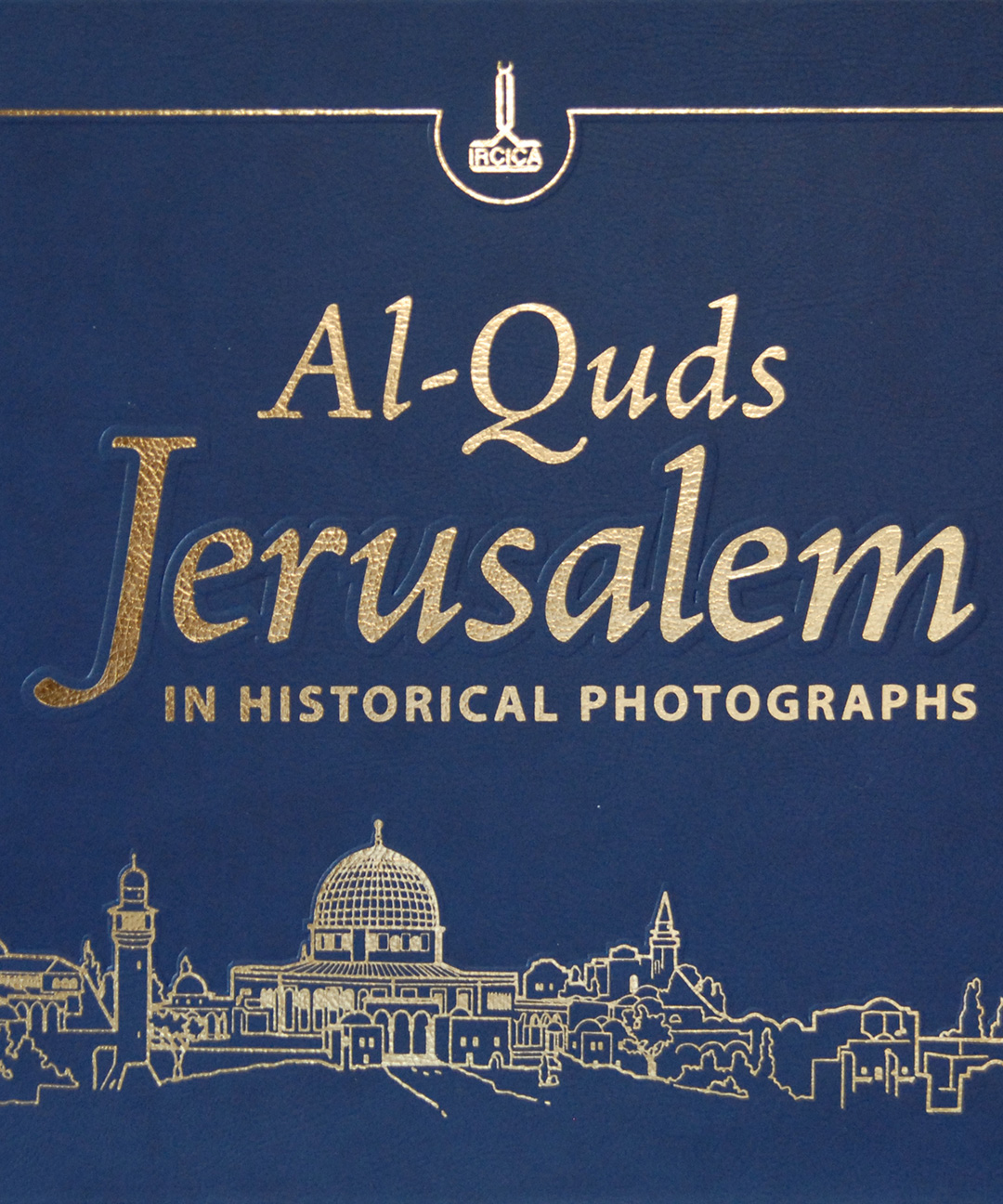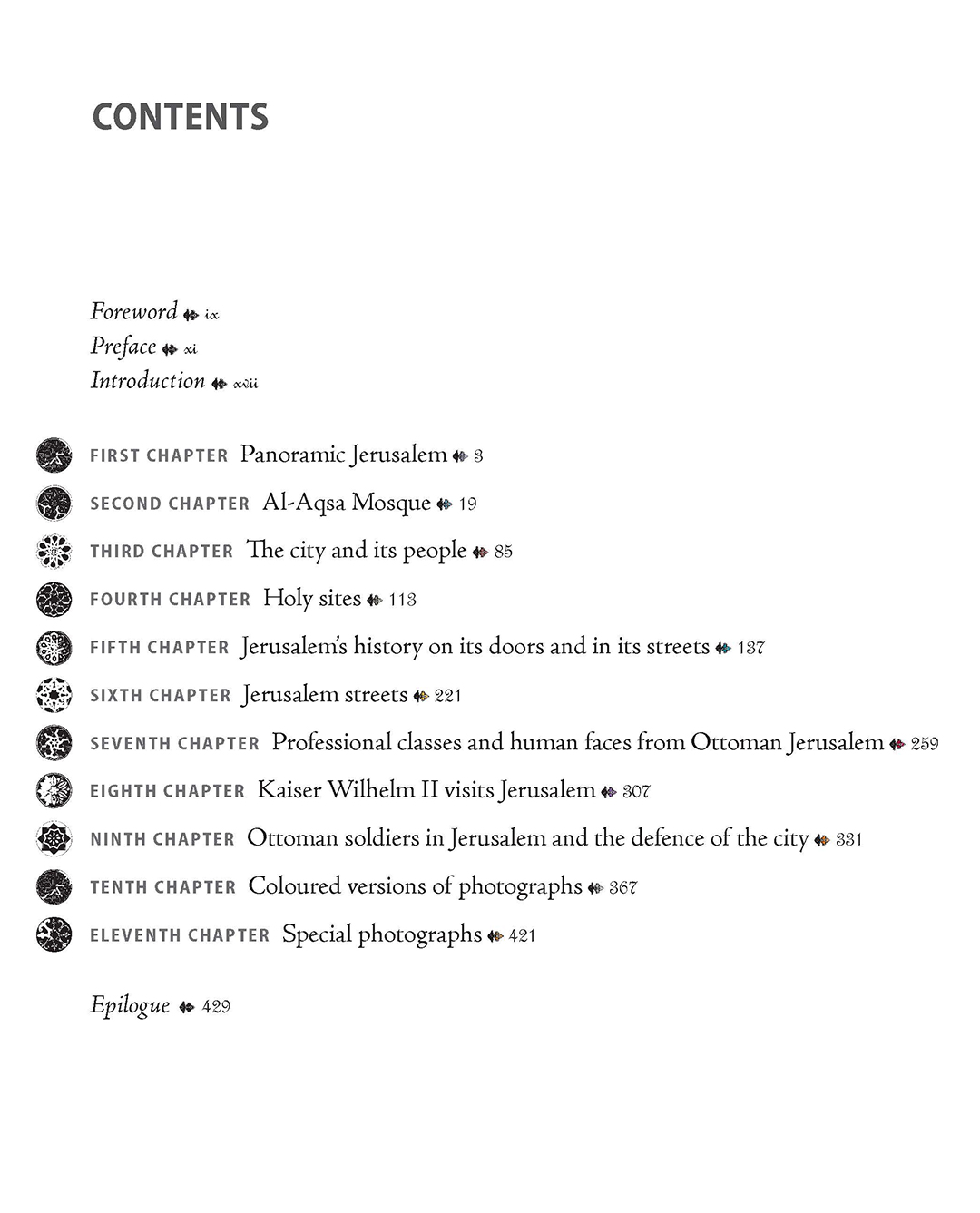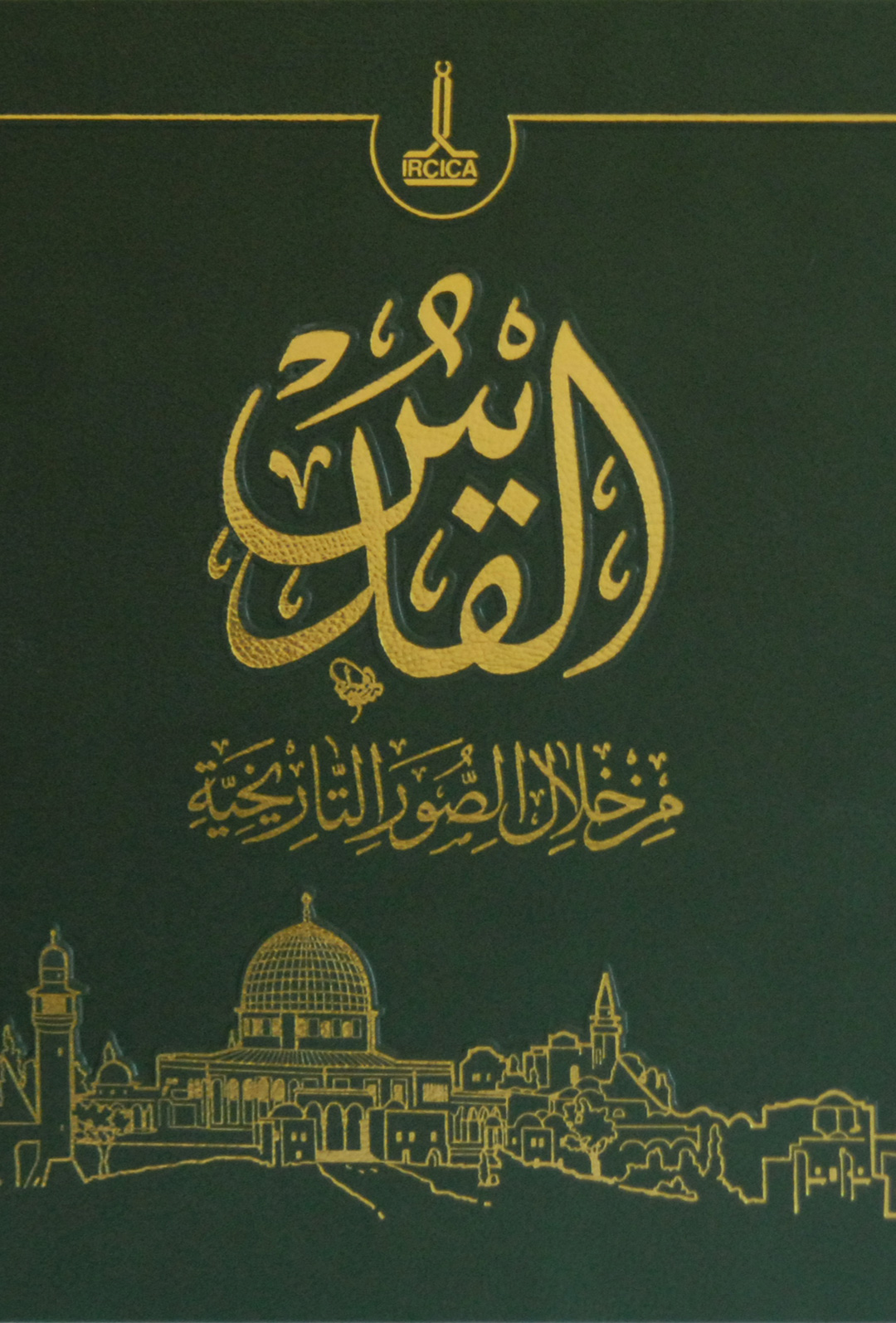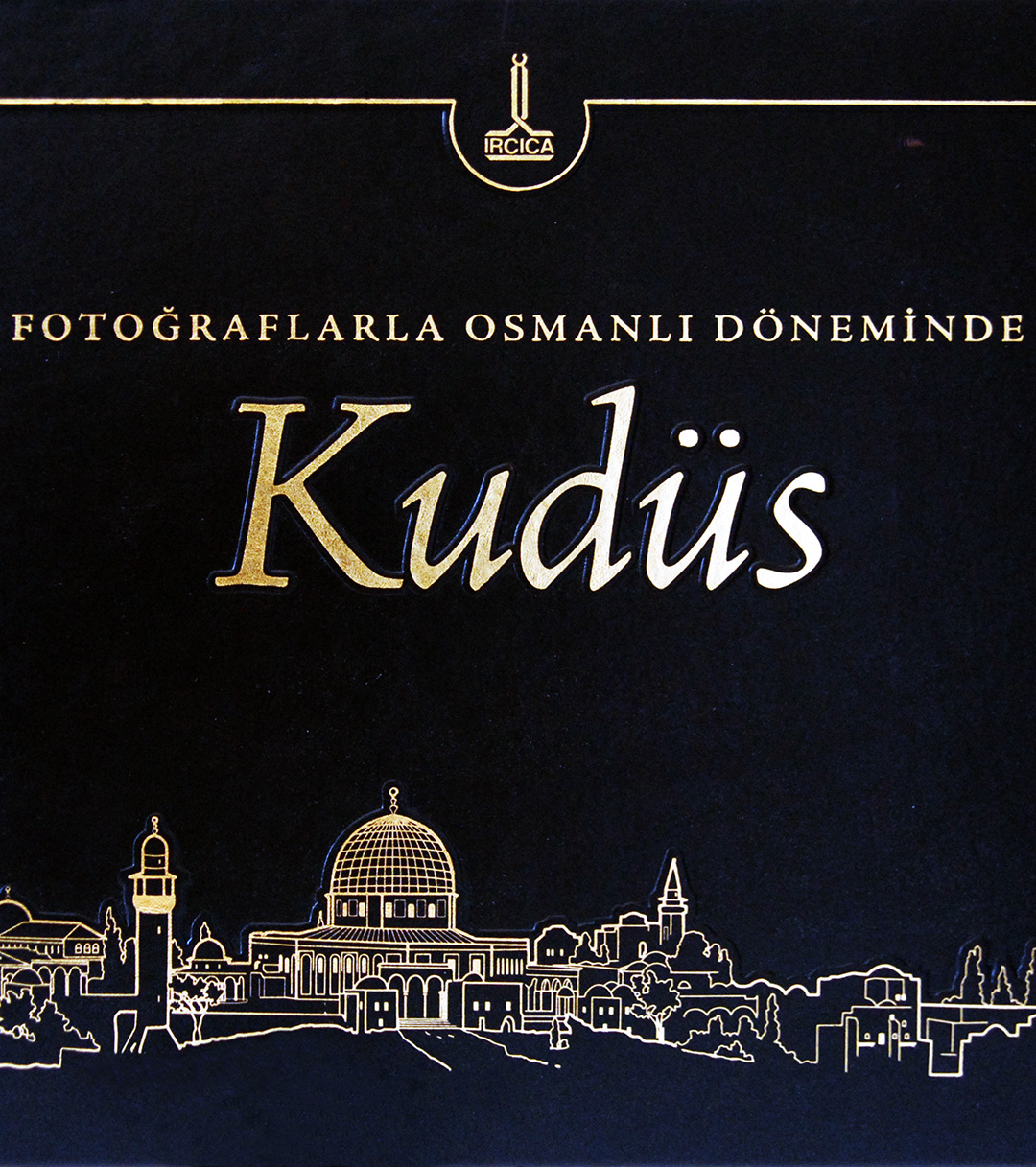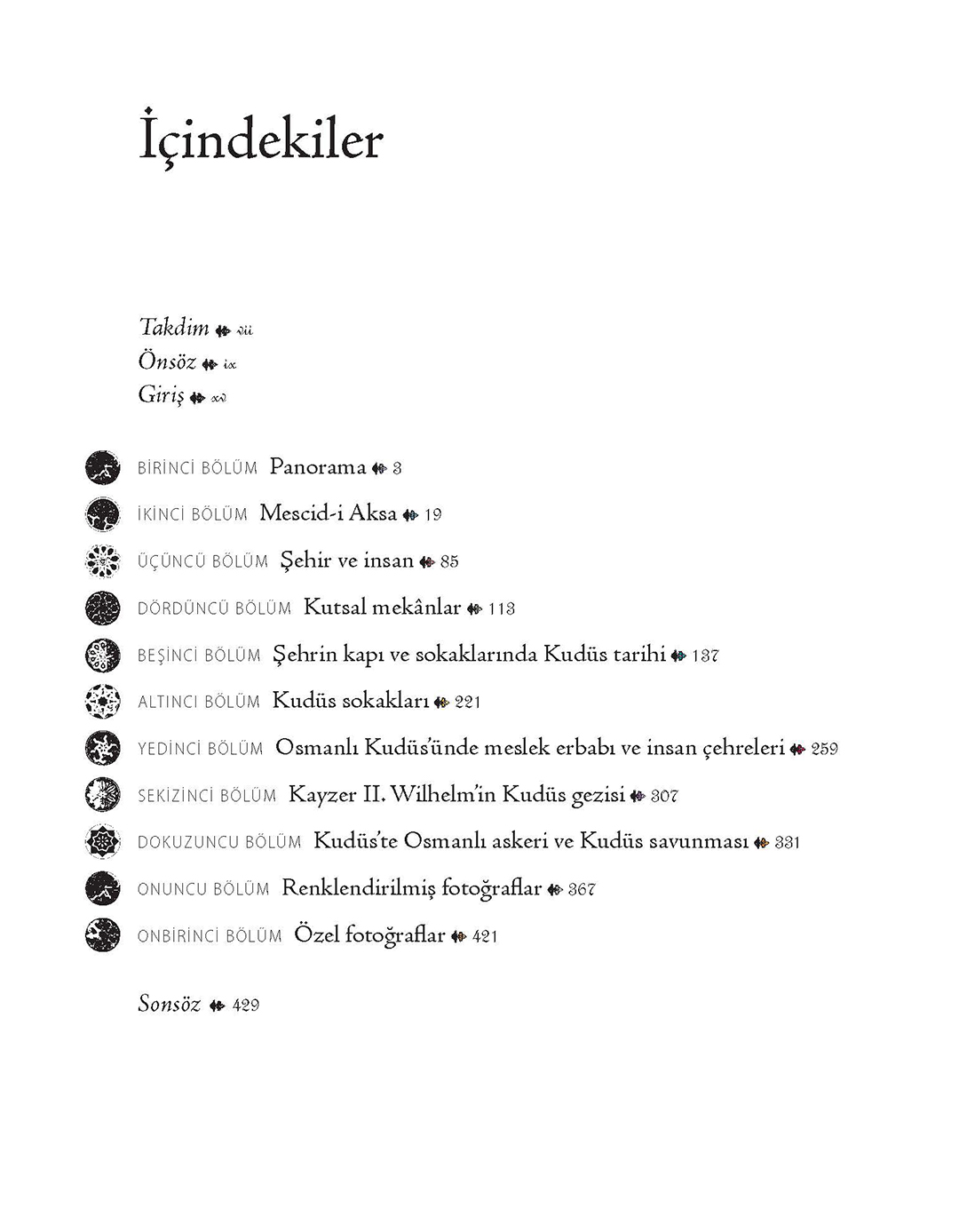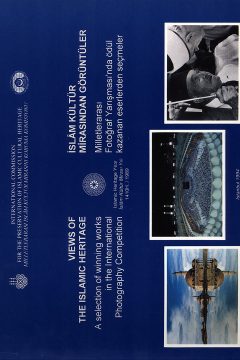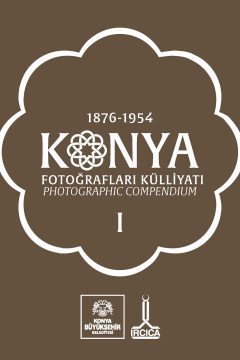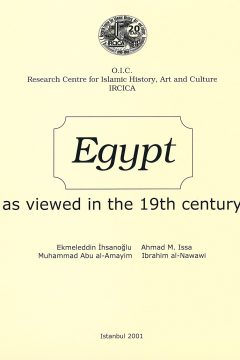This album printed in separate English, Arabic and Turkish editions was published by IRCICA in the context of its activity program on the history and Islamic cultural heritage of Al-Quds and Palestine. The publication was placed in the context of the commemoration of the 40th anniversary of the OIC’s foundation, as another remembrance of the OIC’s foremost subject of concern, the cause of Al-Quds and Palestine. Resolution of the conflict over Al-Quds and Palestine that is ongoing since mid-20th century was the founding motive of the OIC in 1969 and remains its primary cause today. In his Foreword, then-Secretary General of the OIC Prof. Ekmeleddin İhsanoğlu underlines that the OIC considers the problem of Al-Quds not as just an Islamic issue but a problem of global significance; preservation of the multicultural character of the city with due respect of the populations and the shrines of each faith is an indispensable part of any acceptable solution of the problem.
The collection of photographs contained in the book tells the history of the city during the last quarter of the 19th and the first quarter of the 20th century through the lenses of the pioneer photographers who traveled to the Holy Lands shortly after the invention of photography techniques. Due to the steady pace of development of photography from its early years onwards, the images reproduced in the book reflect not only the city’s features that changed or remained unchanged over the period of reference but also the progress of photography techniques and artistic know-how recorded during the same period.
The album contains 405 of Al-Quds selected from IRCICA’s archive, mainly the Albums of Sultan Abdulhamid II dating from the late 19th – early 20th centuries. The sections are arranged according to the following subjects: panoramic views, Al-Aqsa Mosque, the city and its people, holy sites, Al-Quds’ history as on its doors and in its streets, Al-Quds’ streets, professional circles and personalities, Kaiser Wilhelm II’s visit, Ottoman soldiers, defense and security in the city. The book ends with a miscellaneous section which also comprises hand-colored versions of some photographs included in the album. Researchers interested in various aspects of A-Quds, from economic and social life to architecture, will benefit from this archival collection.


